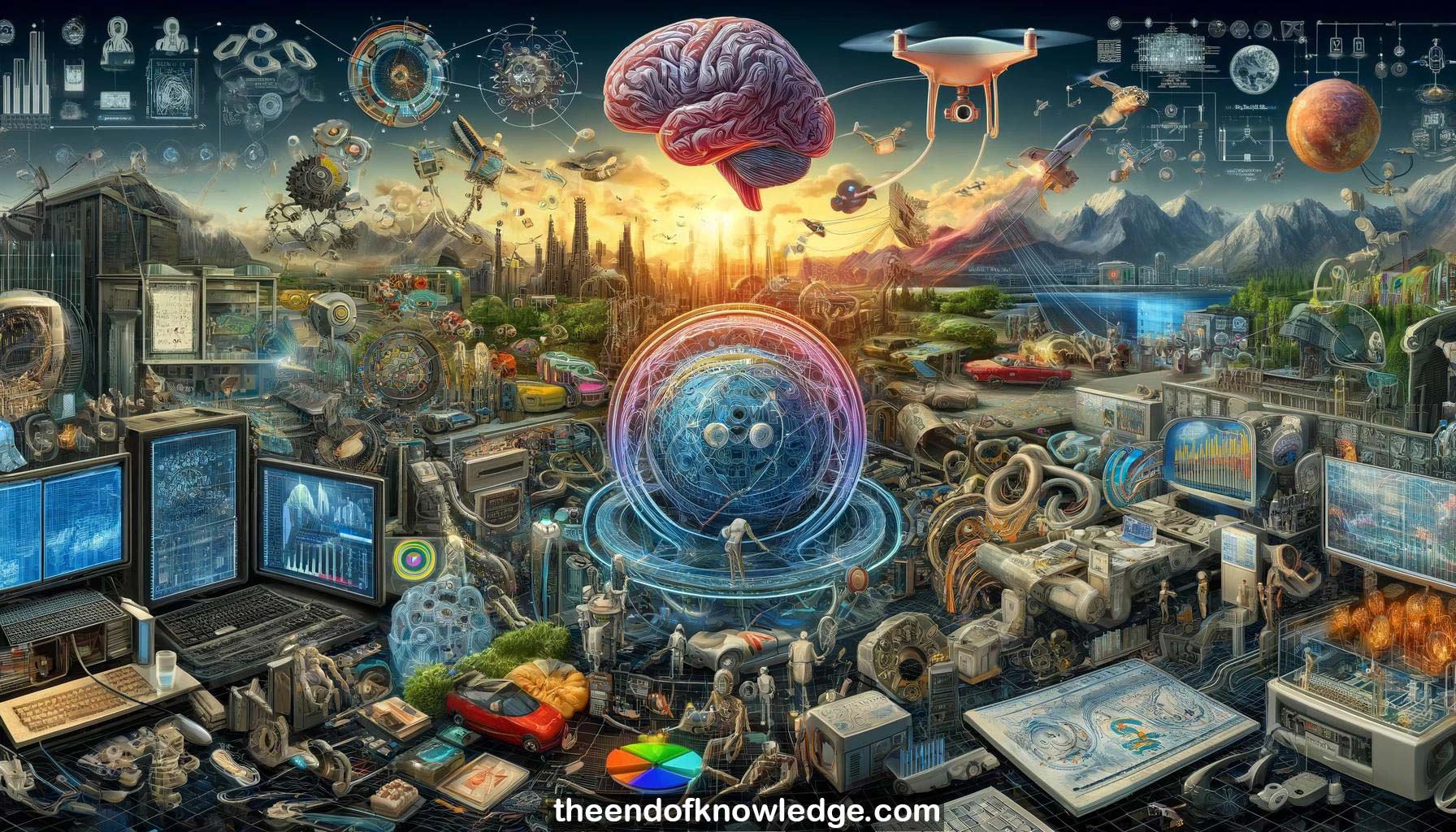Concept Graph & Resume using Claude 3 Opus | Chat GPT4 | Gemini Adv | Llama 3:
graph LR
classDef deeplearning fill:#f9d4d4, font-weight:bold, font-size:14px;
classDef computervision fill:#d4f9d4, font-weight:bold, font-size:14px;
classDef predicting fill:#d4d4f9, font-weight:bold, font-size:14px;
classDef standarddeeplearning fill:#f9f9d4, font-weight:bold, font-size:14px;
classDef multitasklearning fill:#f9d4f9, font-weight:bold, font-size:14px;
classDef markovrandomfields fill:#d4f9f9, font-weight:bold, font-size:14px;
classDef incorporatingdependencies fill:#f9d4d4, font-weight:bold, font-size:14px;
classDef graphicalmodels fill:#d4f9d4, font-weight:bold, font-size:14px;
classDef conditionalrandomfields fill:#d4d4f9, font-weight:bold, font-size:14px;
classDef learningcrfs fill:#f9f9d4, font-weight:bold, font-size:14px;
classDef deepcrfmodels fill:#f9d4f9, font-weight:bold, font-size:14px;
classDef experiments fill:#d4f9f9, font-weight:bold, font-size:14px;
classDef deepstructuredmodels fill:#f9d4d4, font-weight:bold, font-size:14px;
classDef minimizingtaskloss fill:#d4f9d4, font-weight:bold, font-size:14px;
classDef embeddings fill:#d4d4f9, font-weight:bold, font-size:14px;
A[Raquel Urtasun
ICLR 2016] --> B[Deep learning success in
various domains 1]
A --> C[Computer vision & machine
learning focus 2]
A --> D[Predicting statistically related
variables with deep learning 3]
A --> E[Standard deep learning
for single output 4]
A --> F[Multitask learning shares
parameters & specializes branches 5]
A --> G[Markov random fields for
post-processing smoothness 6]
A --> H[Incorporating dependencies while
learning features is desirable 7]
H --> I[Graphical models encode
dependencies via energy functions 8]
H --> J[Conditional random fields
model output given input 9]
H --> K[Learning CRFs: empirical test
loss minimization is difficult 10]
K --> L[CRF surrogate losses are
convex on parameters 11]
H --> M[Deep CRF models combine
CRFs with deep learning 12]
M --> N[Double-loop algorithm for
learning deep CRF models 13]
N --> O[Inference approximation &
parallelization for efficiency 14]
M --> P[Single-loop algorithm is
faster for general models 15]
A --> Q[Experiments show joint
training improves performance 16]
Q --> R[Character recognition: deep
nets + CRFs boost results 16]
Q --> S[Image tagging: single-loop
converges faster 17]
Q --> T[Semantic segmentation: +3%
with joint feature/CRF learning 18]
Q --> U[Instance-level segmentation is
challenging but addressable 19]
A --> V[Deep structured models
enable world mapping 20]
A --> W[Deep structured models
applied in various domains 21]
A --> X[Minimizing task loss directly
is desirable but challenging 22]
X --> Y[Regularity conditions enable
convergence to correct update 23]
X --> Z[Modified update rule allows
training with complex losses 24]
X --> AA[Direct loss optimization
benefits shown experimentally 25]
X --> AB[Direct optimization is
robust to label noise 26]
A --> AC[Deep learning popular
for learning embeddings 27]
AC --> AD[Prior knowledge of
relationships can be embedded 28]
AC --> AE[Hierarchical relationships
can be encoded 29]
AC --> AF[Embedding partial order
hierarchies is promising 30]
class A,B deeplearning;
class C computervision;
class D predicting;
class E standarddeeplearning;
class F multitasklearning;
class G markovrandomfields;
class H incorporatingdependencies;
class I,J graphicalmodels;
class K,L learningcrfs;
class M,N,O,P deepcrfmodels;
class Q,R,S,T,U experiments;
class V,W deepstructuredmodels;
class X,Y,Z,AA,AB minimizingtaskloss;
class AC,AD,AE,AF embeddings;
Resume:
1.-Deep learning has had success in personal assistants, games, robotics, drones, and self-driving cars.
2.-Computer vision focuses on applying neural nets, while machine learning focuses on improving neural nets.
3.-Many problems involve predicting statistically related random variables, which deep learning can help with.
4.-Standard deep learning uses feedforward methods to predict a single output by minimizing a simple loss function.
5.-Multitask learning shares network parameters and specializes branches for different prediction types.
6.-Markov random fields can be used for post-processing to impose smoothness on predictions.
7.-Incorporating output variable dependencies while learning deep features is desirable.
8.-Graphical models encode dependencies between random variables using energy functions.
9.-Conditional random fields model the conditional distribution of outputs given inputs.
10.-Learning in CRFs involves minimizing empirical test loss, which is difficult, so surrogate losses are used.
11.-CRF surrogate losses are convex on log-linear model parameters.
12.-Making CRFs less shallow by combining them with deep learning is a solution.
13.-Learning deep CRF models involves a double-loop algorithm with inference and parameter updates.
14.-Inference can be approximated for efficiency, and the algorithm can be parallelized across examples and machines.
15.-A single-loop algorithm interleaving learning and inference is faster for general graphical models.
16.-Character recognition experiments show that jointly training deep nets and CRFs improves performance.
17.-Image tagging experiments demonstrate faster convergence with the single-loop algorithm.
18.-Semantic segmentation performance improves by 3% when jointly learning deep features and CRF parameters.
19.-Instance-level segmentation is more challenging due to permutation invariance but can be addressed with ordering heuristics.
20.-Building maps of the world from aerial imagery is possible with deep structured models.
21.-Deep structured models have been applied in various domains, with increasing popularity.
22.-Directly minimizing task loss during training is desirable but challenging due to non-differentiability.
23.-Mild regularity conditions allow convergence to the right update when minimizing task loss.
24.-Training with arbitrarily complicated loss functions is possible using a modified update rule.
25.-Experiments on average precision ranking, action classification, and object detection show benefits of direct loss optimization.
26.-Label noise significantly degrades performance of cross-entropy and hinge loss, but direct loss optimization is robust.
27.-Deep learning is popular for learning embeddings of sentences, images, and multimodal data.
28.-Prior knowledge of relationships between concepts can be incorporated into embedding spaces.
29.-Hierarchical relationships like hypernymy, entailment, and abstraction can be encoded in embeddings.
30.-Creating embeddings that respect partial order hierarchies is an interesting research direction.
Knowledge Vault built byDavid Vivancos 2024
 >
>